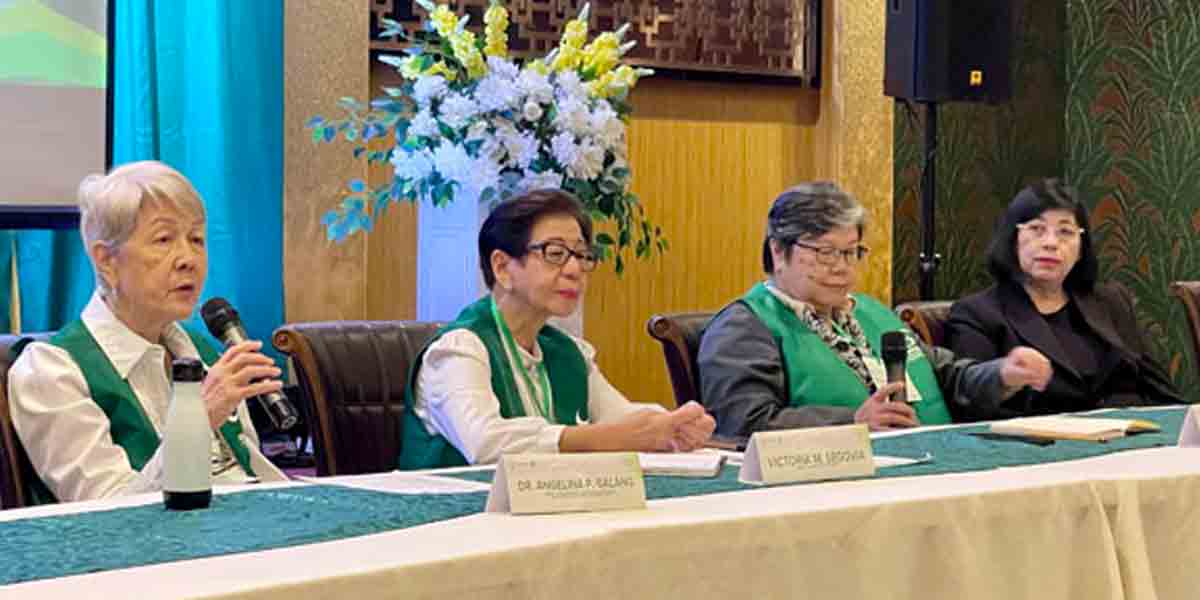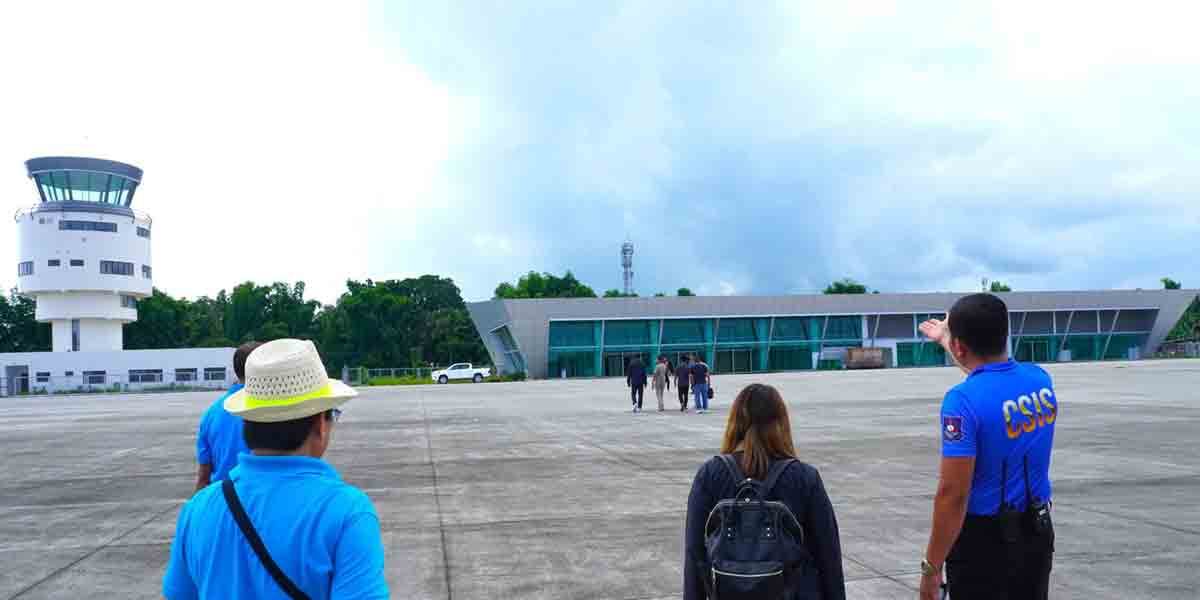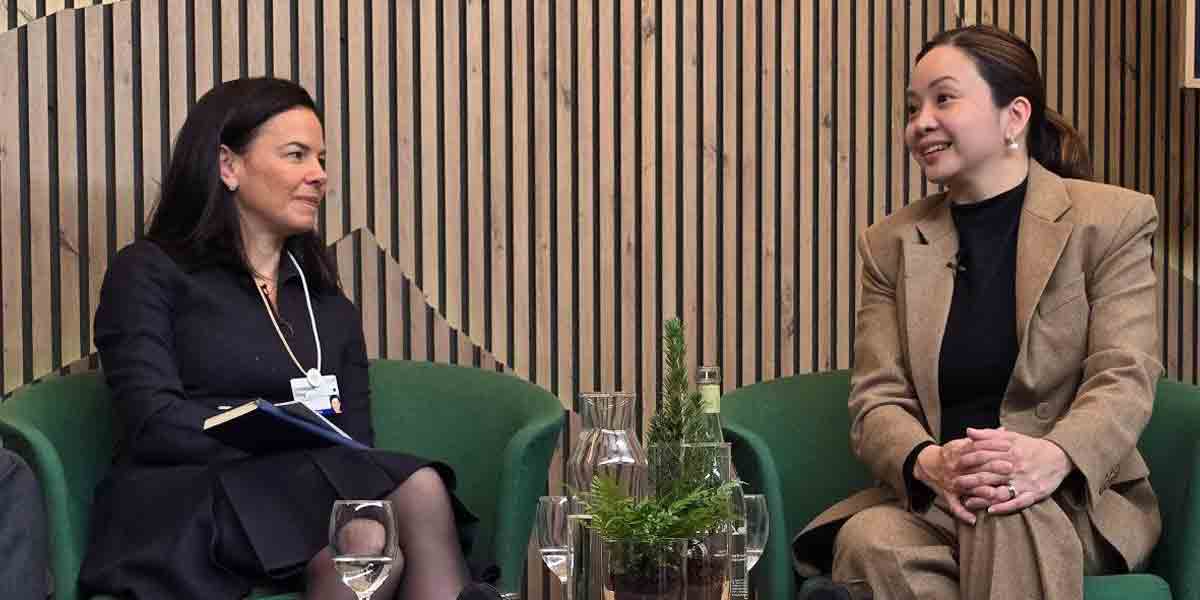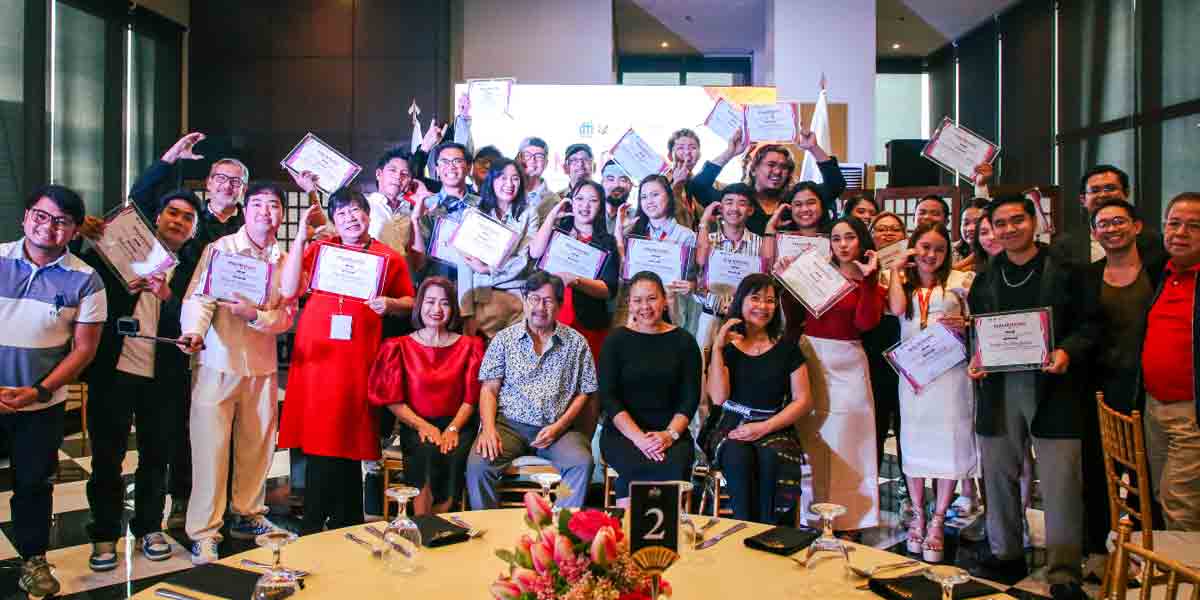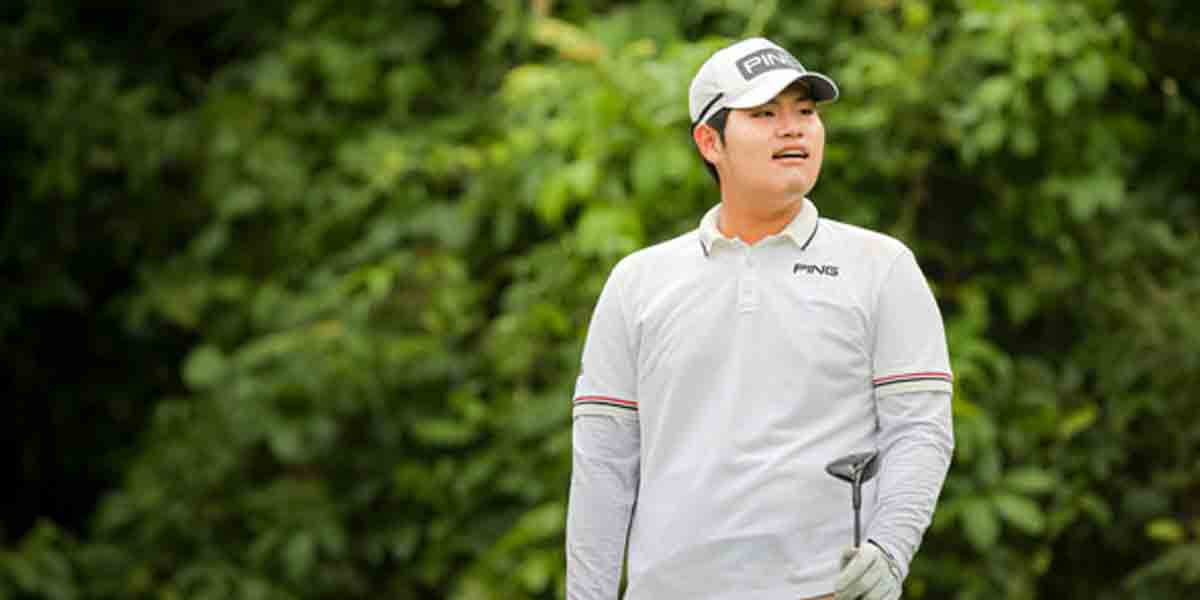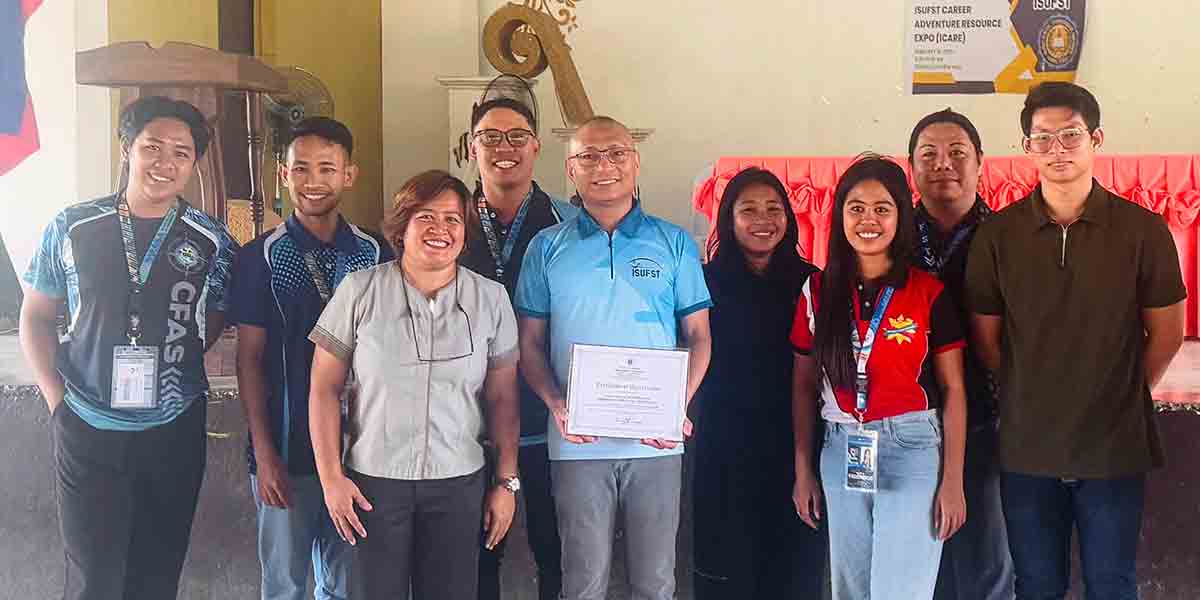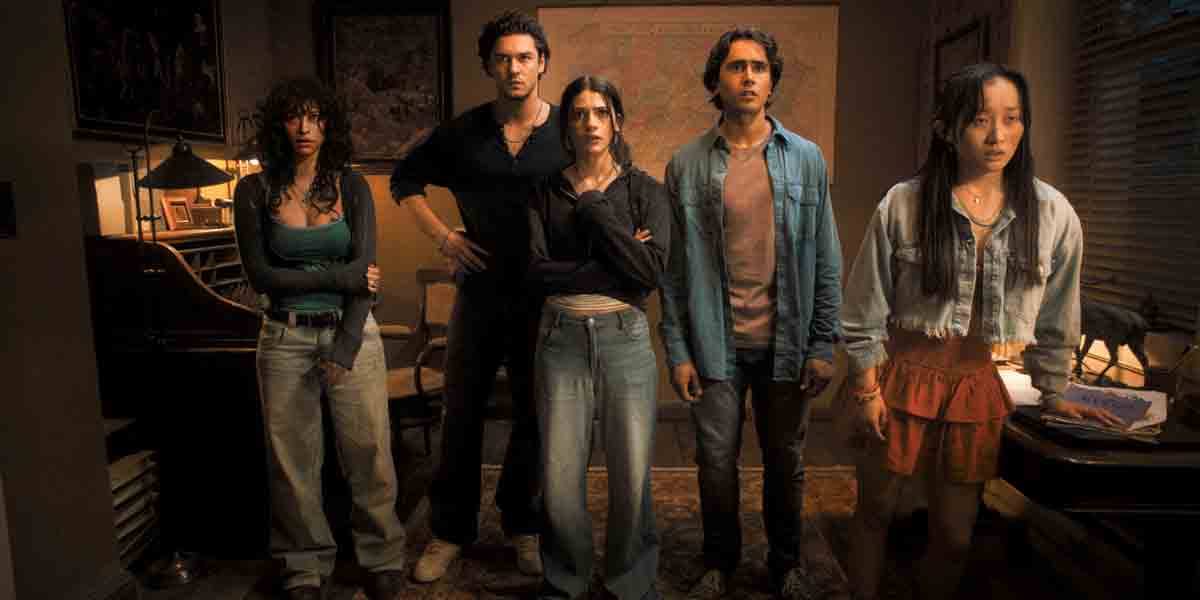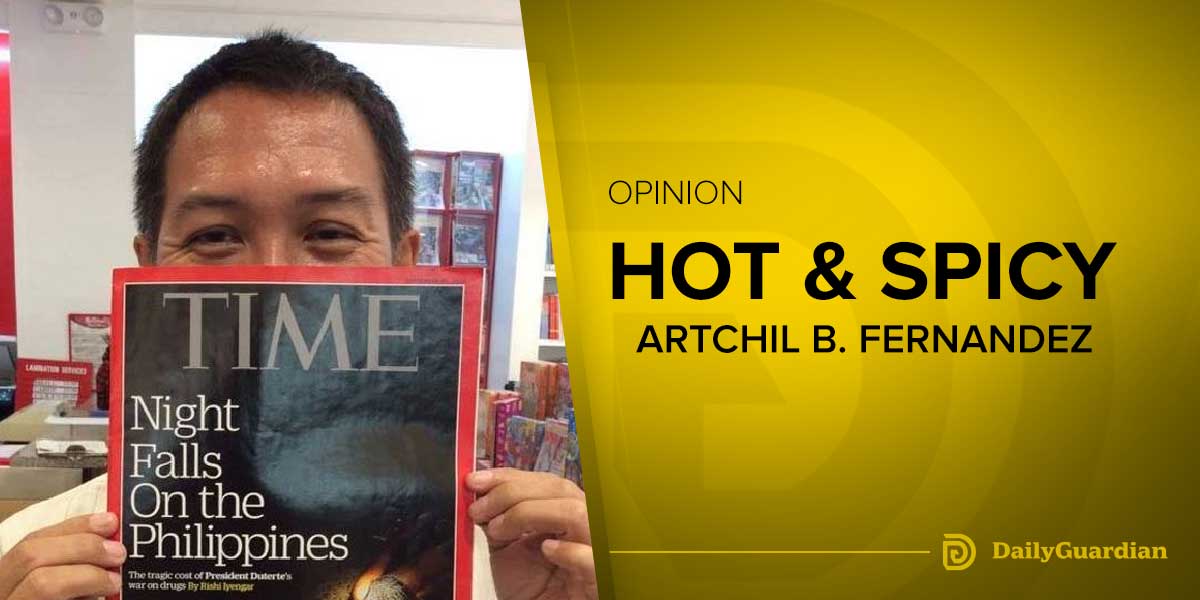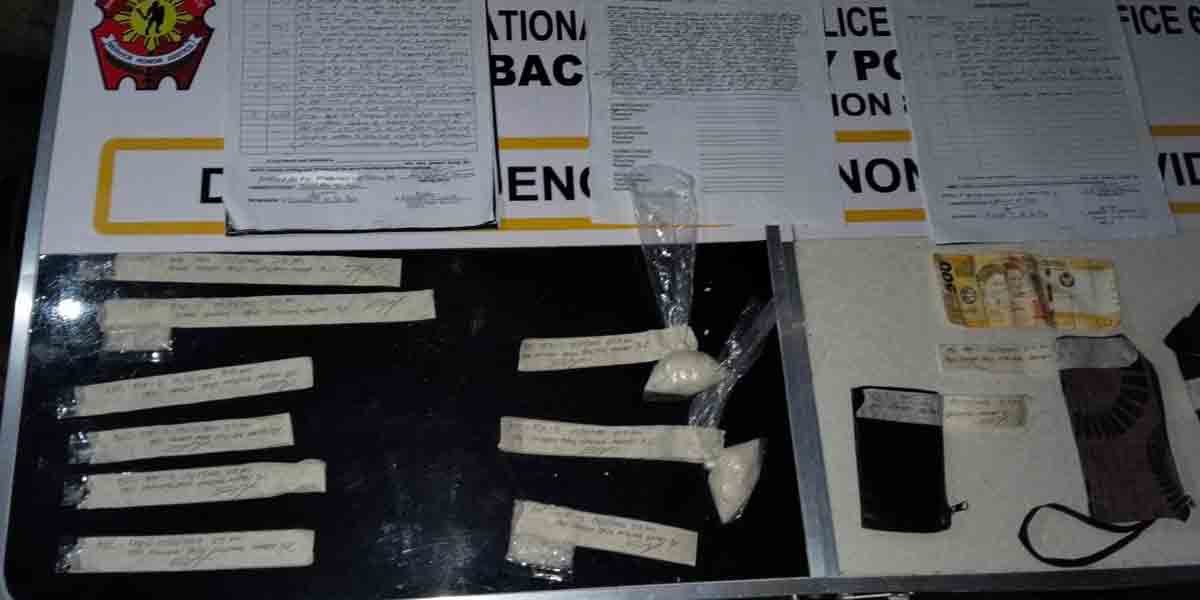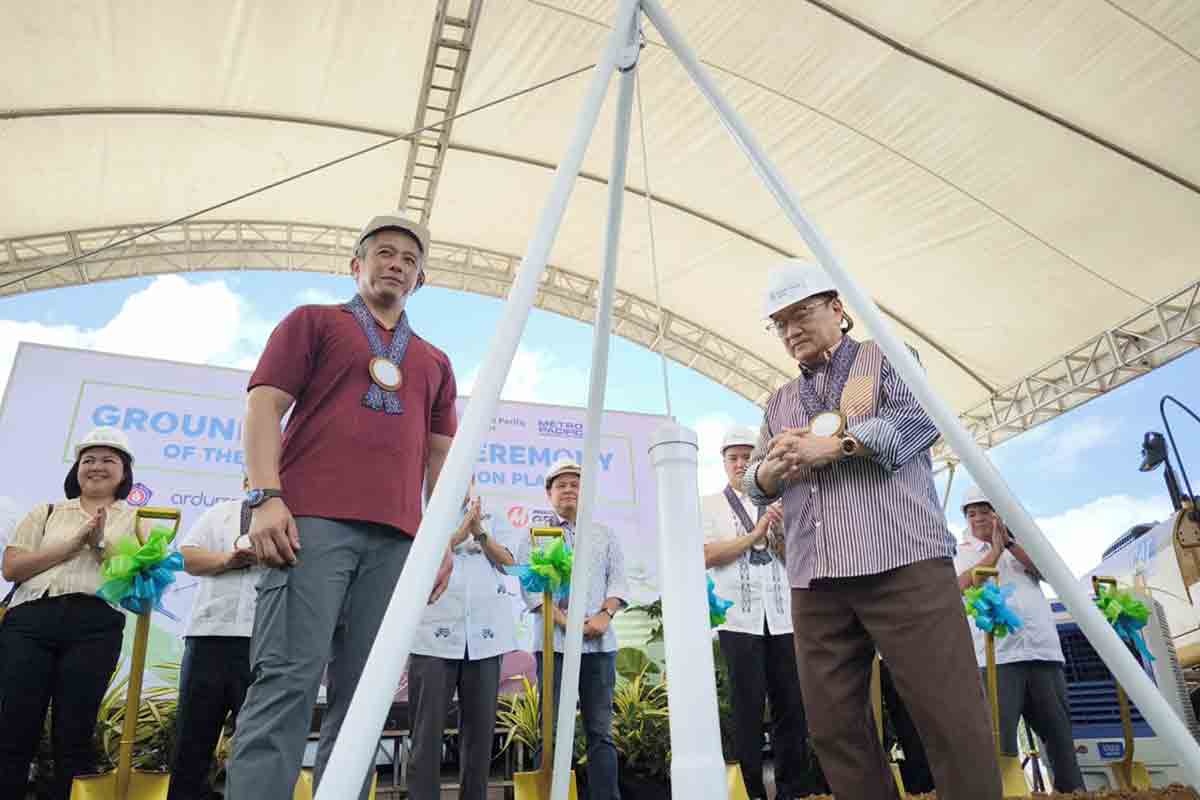By Brenna R. Hassett
A recent investigation of human remains found in the UK’s Cheddar Gorge has once again brought a particularly unsavory aspect of our human story into the light: human consumption of other humans. The surprising discovery of cannibalism in the Early Bronze Age comes from the re-examination of the remains of 37 men, women, and children that were found in pieces at the site of Charterhouse Warren, down a disused shaft cut into the Mendip Hills. This is the first instance of cannibalism of humans, or anthropophagy, to be discovered in British prehistory on such a large scale, and the reported findings force a reconsideration of what role cannibalism may have played in the life of humans in the past. Reckoning with such an emotive and sensational topic has never been easy for scientists, however, and there is still quite a lot of controversy about exactly how much cannibalism ever really happened in the past.
In the fairly recent past, accusations of cannibalism in a society or group were often considered to be a propaganda move on the part of the accusers. William Arens argued in his 1979 book The Man-Eating Myth that accusations of anthropophagy were never based on observation, only second-hand reports, and reflected deeply held prejudices by racist and colonial commentators. Whether it was the dog-headed Cynocephali, a tribe of barbarian cannibals described by Ancient Greeks that somehow made it down to medieval times or the Carib people who were described as cannibals to the newly arrived Christopher Columbus by the neighboring Arawak group, what most accusations of cannibalism have in common is that they are used to denigrate the humanity of the accused. Columbus’s description of the “Caniba” in his 1490s journal tells of the people he encountered describing their rivals as “dog-nosed” cannibals. What is left to prove the truth of these accusations then, and what Columbus himself used to bolster his arguments for a dangerous and evil people that had to be subjugated, is the physical evidence left behind by the consumption of human flesh: the bones themselves.
While Columbus was, of course, not a biological anthropologist—a scientist who studies bones and teeth from people in the past—it is within the study of human remains of the past that we can start to see the reality of cannibalism. Anthropologists borrow techniques from forensic medicine to identify the traces of trauma left on human bones to quite literally piece together evidence of what has happened to a human body. Knives, axes, teeth, hammers, and other tools leave cuts, furrows, scrapes, and other marks on the bones they touch. These will differ depending on whether they are made in living flesh or dry bone, and what kind of tool was used for what kind of purpose. We know that humans have a long history of butchering animals for food, and we can recognize the characteristic patterns that they use to acquire specific cuts of meat or extract nutritious marrow from bones.
Sometimes, this pattern appears on human bones as well. Anthropologists have recognized the characteristic patterns of butchery on human remains in archaeological sites from around the world, across huge swathes of time. There are cups made from skulls from Gough’s Cave in the same Cheddar Gorge that date back almost 15,000 years. Bones found in the cave systems of Spain’s Atapuerca mountains show that about 800,000 years ago individuals from an ancient hominin species, Homo antecessor, were butchered and eaten by tool-wielding hominins far before the evolution of modern Homo sapiens. Perhaps the best-known examples of large-scale cannibalism come from the south-west of North America, where the remains of people from the Ancestral Puebloan culture were identified as having been cannibalized in the best-selling book Man Corn by anthropologists Christy G. Turner II and Jacqueline A. Turner. The broken-open bones, with distinct cut marks from being severed by tools, characteristic polish where they were stirred in a boiling pot—and later even a human coprolite that showed its owner had eaten another human—were a direct riposte to the anthropologists who insisted cannibalism was only something people accused other people of.
It was in fact a disease in living people that forced a reconsideration of whether or not our species was a habitual cannibal—and why. The discovery of a prion disease, kuru, in the Fore people of Papua New Guinea that was transmitted by consuming contaminated human brain tissue of family members during funeral rites demonstrated that cannibalism exists in living cultures. It further showed that the practice is not necessarily the bloodthirsty act of a warlike people, as those with vested interests in making another group “less” than human, like Columbus, reported. Many instances of what looks like butchery on human remains may reflect a cultural type of cannibalism; a particular society’s death rituals. In other cases, ecological pressures such as a natural disaster may prompt eating other humans, as has been proposed for the Ancestral Puebloans who may have been cannibalized during a period of intense drought, or for cases of known anthropophagy such as the Andes Flight Disaster.
These far more functional explanations for why humans would eat other humans are a far cry from the violence and inhumanity suggested by Columbus and his classical Western European idea of cannibalism, which is precisely why the Bronze Age remains from Cheddar Gorge come as such a surprise. The remains from Charterhouse Warren show signs that they were attacked and killed en masse as well as signs of being butchered, processed for meat, and even possible scrape marks from human teeth. This suggests that, on top of the cultural and ecological cannibalism we have slowly begun to accept as part of our story, we must also contend with cannibalism as a part of extreme violence that is also part of our species’s history.
Brenna R. Hassett, PhD, is a biological anthropologist and archaeologist at the University of Central Lancashire and a scientific associate at the Natural History Museum, London. In addition to researching the effects of changing human lifestyles on the human skeleton and teeth in the past, she writes for a more general audience about evolution and archaeology, including the Times (UK) top 10 science book of 2016 Built on Bones: 15,000 Years of Urban Life and Death, and her most recent book, Growing Up Human: The Evolution of Childhood. She is also a co-founder of TrowelBlazers, an activist archive celebrating the achievements of women in the “digging” sciences. This article was produced by Human Bridges.

